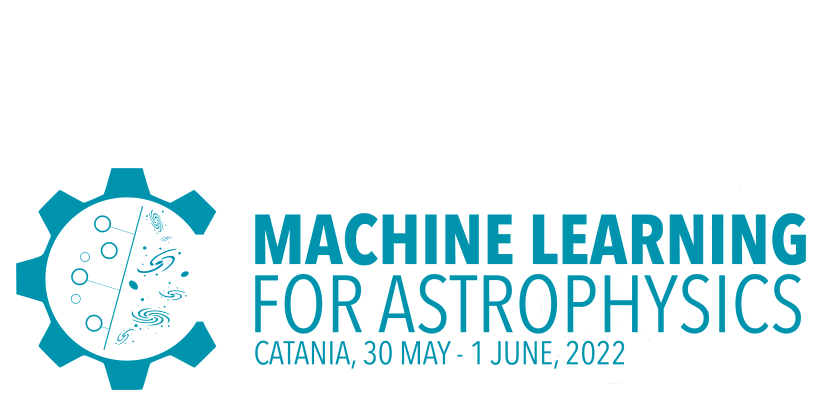Speaker
Description
Decades of observational & theoretical research has explored the relation between a star’s chemical, physical and galactic properties with the presence of orbiting planetary companions. Certain sources suggest that observed correlations are indicators of the environment of the system’s protoplanetary disc, and subsequently its proclivity to facilitate planetary formation. This project aims to use the predictive power of machine learning to develop a classifier that uses spectral data of labelled target stars, to learn to model subtle discriminating markers and predict a binary class (Jupiter host or non-host) for every instance. Two approaches were highlighted: The first method was to use raw high-resolution stellar spectra as inputs, in order to preserve any inherent information within the spectrum. The second method was to use homogenous elemental abundance data curated from a pre-existing catalog, and implement a system capable of separating the planetary hosts from comparison stars based solely on the abundance levels of certain elements. To determine whether using raw high-resolution stellar spectra leads to consistent learning and generalisation, several convolutional neural networks (CNN) were implemented in a stacked architecture. Every CNN model was assigned a particular spectral range to collectively cover the entire spectrum, the results of which were then fed into a meta learner to aggregate their votes. Several architectures were simultaneously trained using the elemental abundance feature data, and cross-examination of both approaches was conducted.
| Main Topic | Classification and regression |
|---|---|
| Secondary Topic | Data mining |
| Participation mode | In person |

